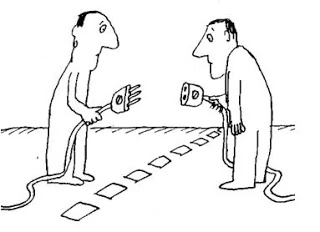
What is the simplification chess tactic?
Simplification is a chess tactic that involves reducing the number of pieces on the board in order to gain an advantage in the position. The idea behind this tactic is to make the position more manageable and to limit the opponent’s attacking options.
Simplification is often used in endgame scenarios where the aim is to convert a material advantage into a win. By reducing the number of pieces on the board, it becomes easier to create a passed pawn, or to force the opponent’s king into a mating net.
For example, a common way to simplify in the endgame is through the exchange of pieces. This can be done by trading a rook for a knight or a bishop, or by trading a queen for a rook and a minor piece. This reduces the number of pieces on the board and makes it easier to create a passed pawn or to force the opponent’s king into a mating net.
Simplification can also be used in the middlegame to improve the position of the player’s pieces. By reducing the number of pieces on the board, it becomes easier to control key squares or to open lines for the player’s pieces. This can be achieved by trading pieces or by moving a piece to a more passive square.